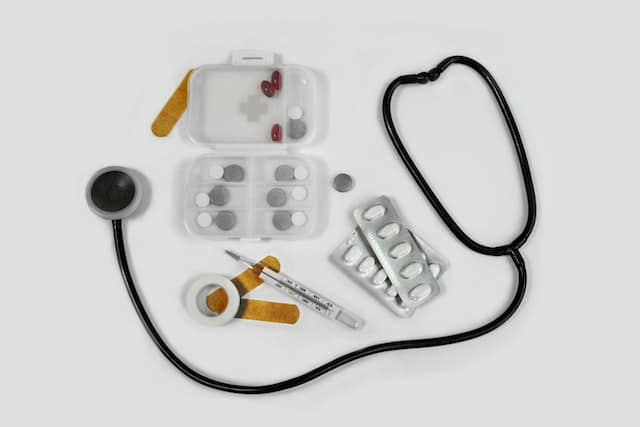Medical device businesses frequently have one of two primary motivations when developing a new product: commercial objectives or technological innovation. These are essential components of every thoughtfully designed medical gadget. However, neither should be pursued alone. In actuality, the success of creating the ideal medical device depends on how effectively you balance three different demands: corporate objectives, technological goals, and user needs.

It just might look simply. But in fact, it may appear difficult or even illogical. In truth, we all make the error of viewing items through a single lens. It’s common, but it’s also risky from a business perspective. You risk creating a gadget that falls short if you place an excessive amount of emphasis on any one of these three components at the expense of the others. Companies develop extremely advanced medical products that don’t match consumer demands because of this kind of imbalance. Or products that people like but don’t generate enough revenue to support corporate demands
The Three Components of a Successful Medical Device
- Aims in business: Before diving into any product, you introduce to the market, you must first clearly define your business goals. Although it might seem clear, this doesn’t always happen. Take into consideration, for instance, medical devices developed to benefit from IP that has already been licensed by research universities. Most of the time, the institution gave its whole attention to the technology while developing the IP. Business objectives weren’t very important. A strong business case must be established before a private company may put such IP on the market. Start by identifying two or three business-related factors that are particularly crucial for your upcoming endeavor and outlining the activities that must be done to achieve them.
- Technological aims: Technology objectives are the company’s aims for the fundamental technology or intellectual property that will support your product. The medical device sector is so dependent on technology that many businesses start with technological goals as their main starting point. They begin looking for methods to relate their technology to actual user demands or corporate objectives only after they establish their technology and obtain patent protection. Even though your team tends to take the lead in technical innovation, you must support it with a solid business case and a knowledge of how the technology will satisfy the demands of your consumers.
- Users’ demands: The requirements of your users immediately affect your capacity to achieve your corporate objectives. After all, people won’t recognize the worth of your product if it fails to satisfy their wants. When it comes down to it, end consumers are more interested in how your product feels to use (and, of course, how effective it is) than they are in the underlying technology that powers it all. User requirements are often the least prioritized of the three components in the medical device industry. Even yet, while designing a medical gadget, it is possible to lean too much toward user demands. So, implementing a comprehended medical product QMS is a must for medical device companies to check the products’ function and quality. For instance, imagine a physician creating a novel gadget to better serve her requirements when treating a certain subset of patients. Her main concern is if the gadget can satisfy those users’ demands. She invests her time and effort in developing technology or remedy to her issue. But it’s likely because she didn’t think about the potential and limitations for business that would come with doing so. Can she use the tool to earn money? Are there similar items available on the market? Can she get patents to safeguard the technology? If she doesn’t also incorporate those commercial objectives into the project, her efforts (and insightful observations about actual user requirements) could not result in a successful product.
Medical device manufacturers and the illusion of innovation
The development of medical devices centers heavily on innovation. The ambition to be creative is something that many businesses and design firms who collaborate with them fall victim to. It is logical. Innovation is thrilling and seductive. Furthermore, it is generally accepted that medical device businesses must focus on innovation if they want to remain competitive.
It’s true that innovation is crucial. However, not every project calls for innovation or disruption. In certain circumstances, aiming for something big and novel is the incorrect strategy. There are several reasons why medical device companies create new products. They could occasionally need to create a brand-new product only to close a temporary gap in their lineup. The business case in that situation is not to create a completely new gadget, but only to have a certain device. Innovation might only make up 2% of the process for me-too medical equipment, and that’s probably the correct proportion.
It’s true that innovation is crucial. However, not every project calls for innovation or disruption. In certain circumstances, aiming for something big and novel is the incorrect strategy. There are several reasons why medical device companies create new products. They could occasionally need to create a brand-new product only to close a temporary gap in their lineup. The business case in that situation is not to create a completely new gadget, but only to have a certain device. Innovation might only make up 2% of the process for me-too medical equipment, and that’s probably the correct proportion.



Recent Comments